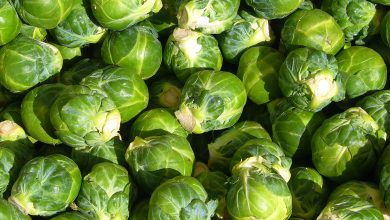Plant Leeks: When, How, Where and much more [12 Steps]
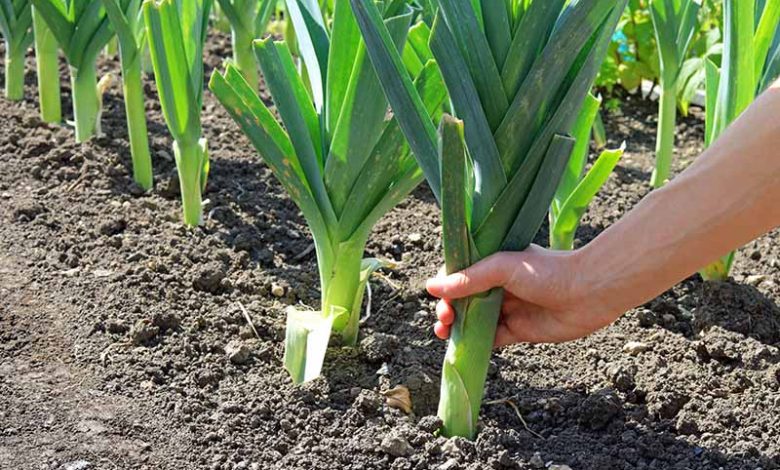
Historically, the leek has been an excellent companion to any soup. the taste that gives to many dishes is amazingand many recipes include it.
Also, the leek is a close relative of garlic and onion.
One of the strengths of leeks is that they can be grown throughout the year.
So if we wantplant leeks in our garden, we will be able to do it without fearing high temperatures or cold winters.
The edible part of the leek is its white stem and they are a type of leafy vegetable.
Sow Leeks Step by Step:
- Where? In February and from July to September.
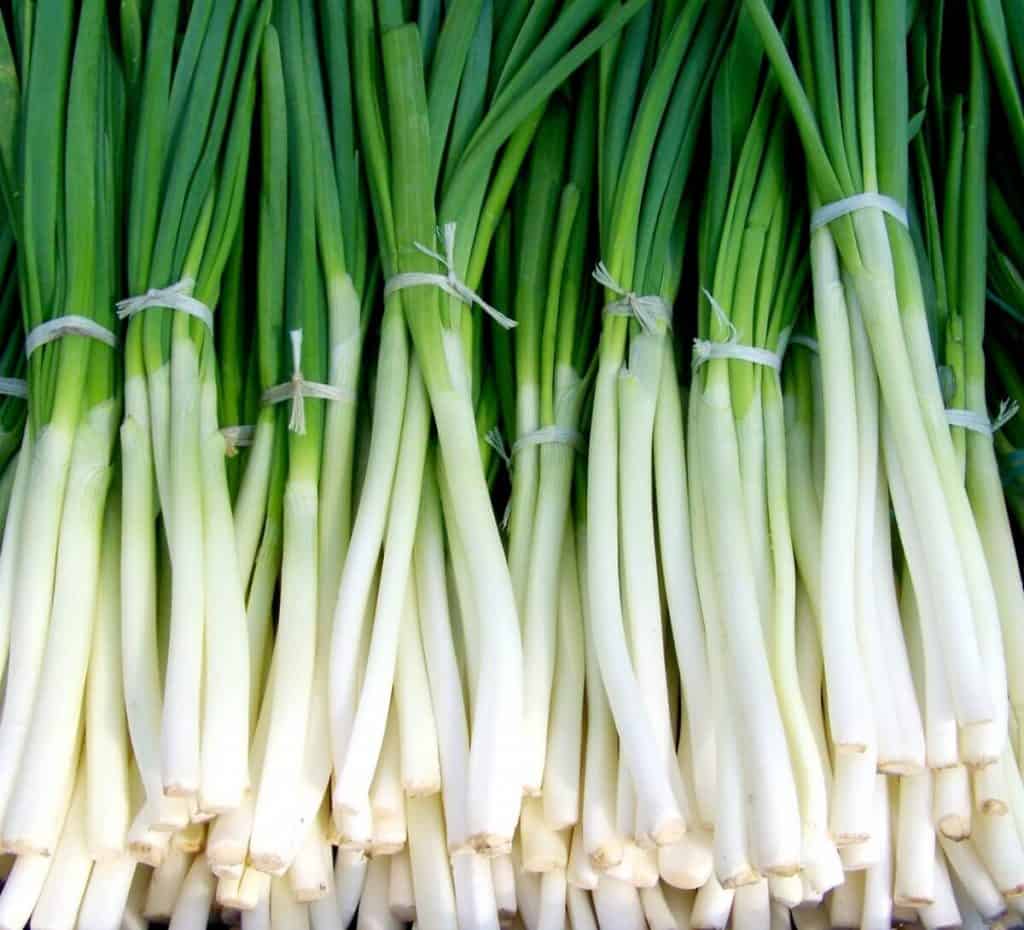
- When? They adapt well to any temperature and any time of the year.
- Harvest time? In about 5-6 weeks from sowing.
- How do we prepare the land? Very moved and worked (ideal motorized). Rich in humus, fresh and loose.
- How do we pay? If it is with organic matter such as compost or manure that is very decomposed. Ideal to use places with strong planting in fertilizer (such as tomato or eggplant).
- How are they planted? Much easier from campus. In the case of seed, about 10cm deep.In any case, leave a space of 10cm per plant.
- When are they harvested? When the stems have reached about 15-20cm.
- What diseases and pests do they have? Mainly the leek fly. It is avoided by planting celery and carrots.
- What do we plant nearby? Celery, carrots, tomatoes and strawberries.
- What do we NOT plant nearby? Beans, lettuce, radishes, beets and peas.
Where should we plant leeks?
 Leeks require sun. Lots of sunlight. That first of all.
Leeks require sun. Lots of sunlight. That first of all.
Leeks are a rustic plant and adapt very well to most climates. It is very resistant to cold, so it can spend the winter without problems.
We can start growing it in early spring or between July and September.
In any case and like any plant, a warmer and more pleasant temperature (between 18º and 25ºC) will lead to the leek being able to grow much more strongly.
In very hot summers and with little rainfall, we should water the leek more often.
How do we prepare the land?
We must prepare the land so that it is very tilled and turned over. Making use of a motorized tiller will help a great deal. We want a soil rich in humus, loose and fresh.
We will be aware that it does not lack moisture. Does not like heavy, compact, hardened soils. Therefore, before passing the motorized tiller or digging by hand, if the earth is very hard, it is advisable to water a little and loosen it.
It is also convenient to remove any stones that may be present.
How do we fertilize the land?
Leeks do not like poorly decomposed manure and compost at all. So if we use organic matter we will make sure that it is well decomposed.
It would be ideal, like the lamb’s lettuce or spinach, that we use the land in which there has been a previous crop.
Trick: The leeks will be greatly favored by the nitrogen contributions that we can make. So we can give them comfrey, compost tea or manure.
How do we water?
Once again the ideal option is drip irrigation.
We should not worry too much about watering these plants, except in summer. In summer periods we must take care that they receive enough water and the soil is constantly moist. Joints need moisture most of the time and if they don’t have it they suffer.
How are they planted?
 Either because we have a small urban garden or because we have an interesting piece of land to grow leeks, it is an option that interests us because they are not too difficult to grow and harvest.
Either because we have a small urban garden or because we have an interesting piece of land to grow leeks, it is an option that interests us because they are not too difficult to grow and harvest.
Leek seeds, like onion seeds, are very delicate. We recommend buying already grown seedlings to make it much easier.
By planting the templates and putting a little compost, the path that we will have to harvest leeks will be easier.
However, if you have seeds and sow leeks from the beginning, we will carry out direct sowing between August and September. We will bury the seeds about 10cm deep, we will water lightly and we will put well decomposed compost.
We must constantly monitor the humidity around the leek plants. Whether in its beginnings, when they have already grown a little.
We will leave a distance between the plants of about 10-15cm of separation when growing the seeds or transplanting them.
Trick:Mulching with straw or any other organic component that can cover the ground and therefore maintain moisture favors them a lot. Putting a layer of straw on the ground is ideal for planting leeks.
The care that we must apply in our plantation will be above all the elimination of weeds, which are usually a strong competition for our crops and also monitor possible pests or diseases.
When are they harvested?
We can harvest the leeks when the stems reach 15-20cm. The ideal is to do it when they reach their maximum degree of development, but nothing happens if we collect some ahead of time to consume and test them.
What pests and diseases do we find?
Its worst enemy is the leek worm. It is lethal, since it lays its eggs on the leaves of the leek and on the ground. We can see that the leaves take on a yellowish color until they end up rotting.
Carrots or celery planted near leeks can be a good repellant for butterflies that lay their larvae. In addition, leeks repel the carrot fly.
If your intention is to plant leeks or carrots, remember that they get along very well and that it is a good idea to grow them at the same time.
So they are a very useful association.
What do we plant next to the leeks?
 As we have already said, carrots and celery are excellent companions.
As we have already said, carrots and celery are excellent companions.
But it will also get along very well with tomatoes and strawberries. We do not recommend it
with onions, since the pests that attack it also attack leeks.
We do not recommend planting next to beans, lettuce, radishes, beets and peas.
Leek Properties
Like garlic, leeks also have excellent nutritional properties. The leek is a healthy plant, which we should use in our kitchen more often. We can highlight the following properties:
- Antiseptic and digestive.
- Emollients, laxatives and tonics.
- In addition, it is rich in Vitamins A, B, C and PP.
- It has sulfur, bromine, calcium, zinc, sodium, phosphorus, magnesium, iron, copper and chlorine (as you can see, a good amount of minerals).
There is no doubt that these plants can be positive for our health. Especially if we are able to grow them on our own and know that they have not been sprayed with any chemical component.
Did you know…Did you know that leeks can also be effective as anti-mosquito plants?

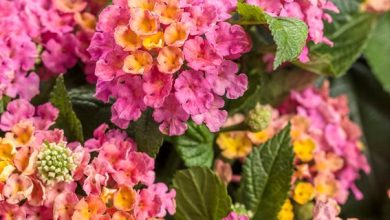
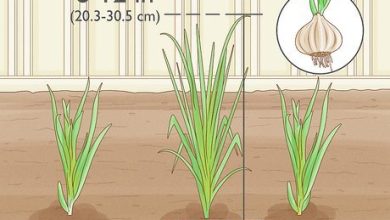
![Photo of Bordeaux mixture: [Origin, Characteristics, Uses, Preparation and Application]](https://www.complete-gardening.com/wp-content/uploads/2021/06/Como-se-origina-el-caldo-bordeles-390x220.jpg)
